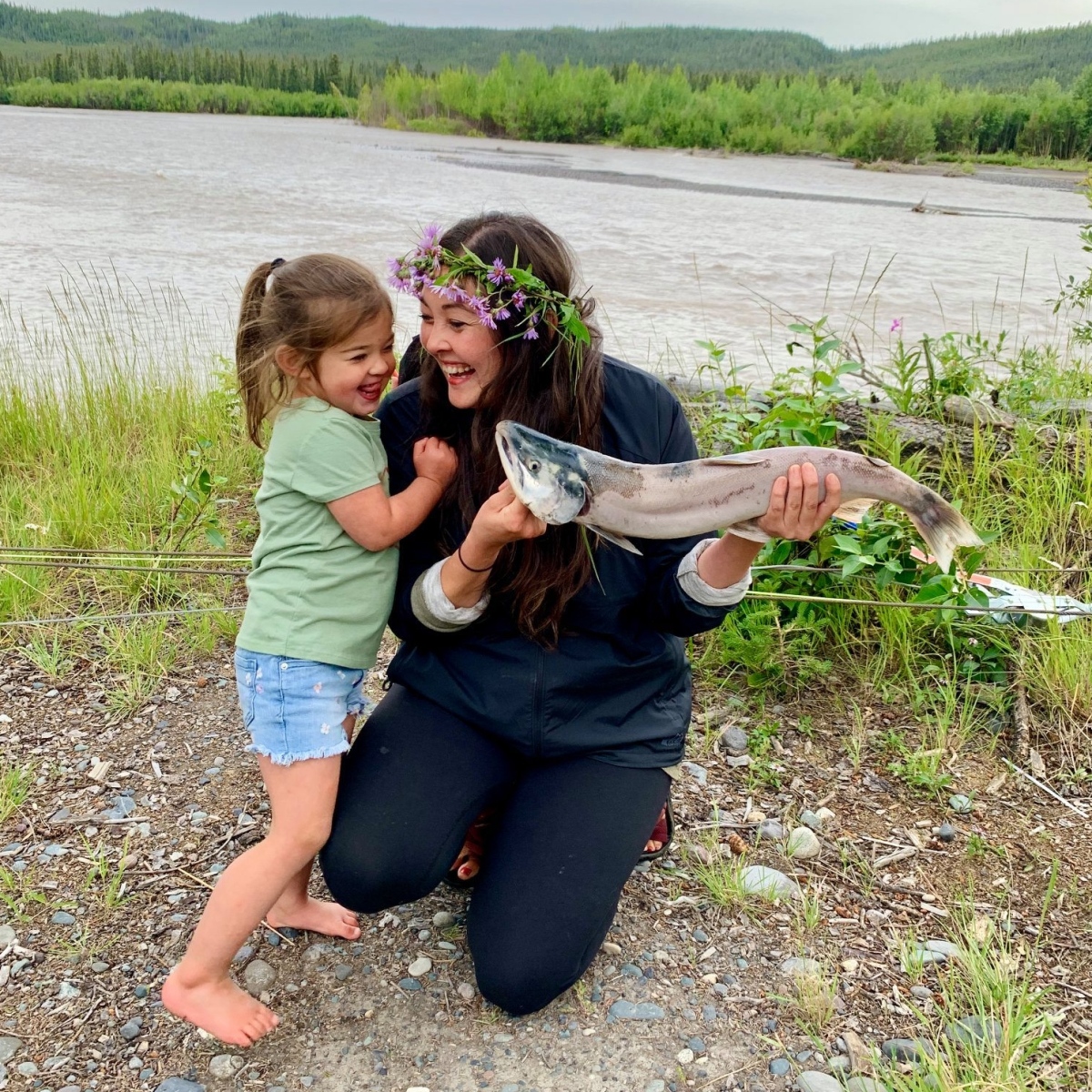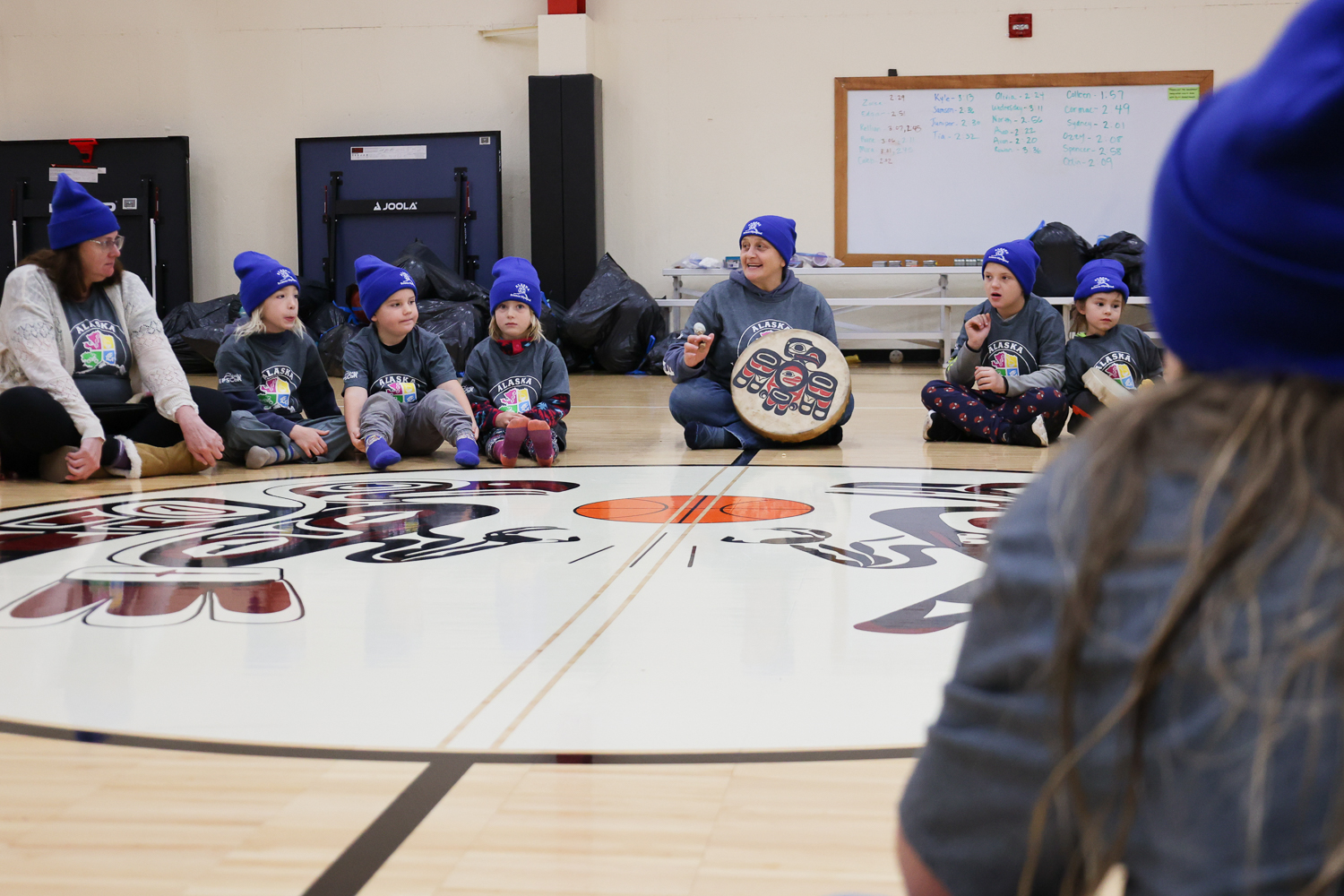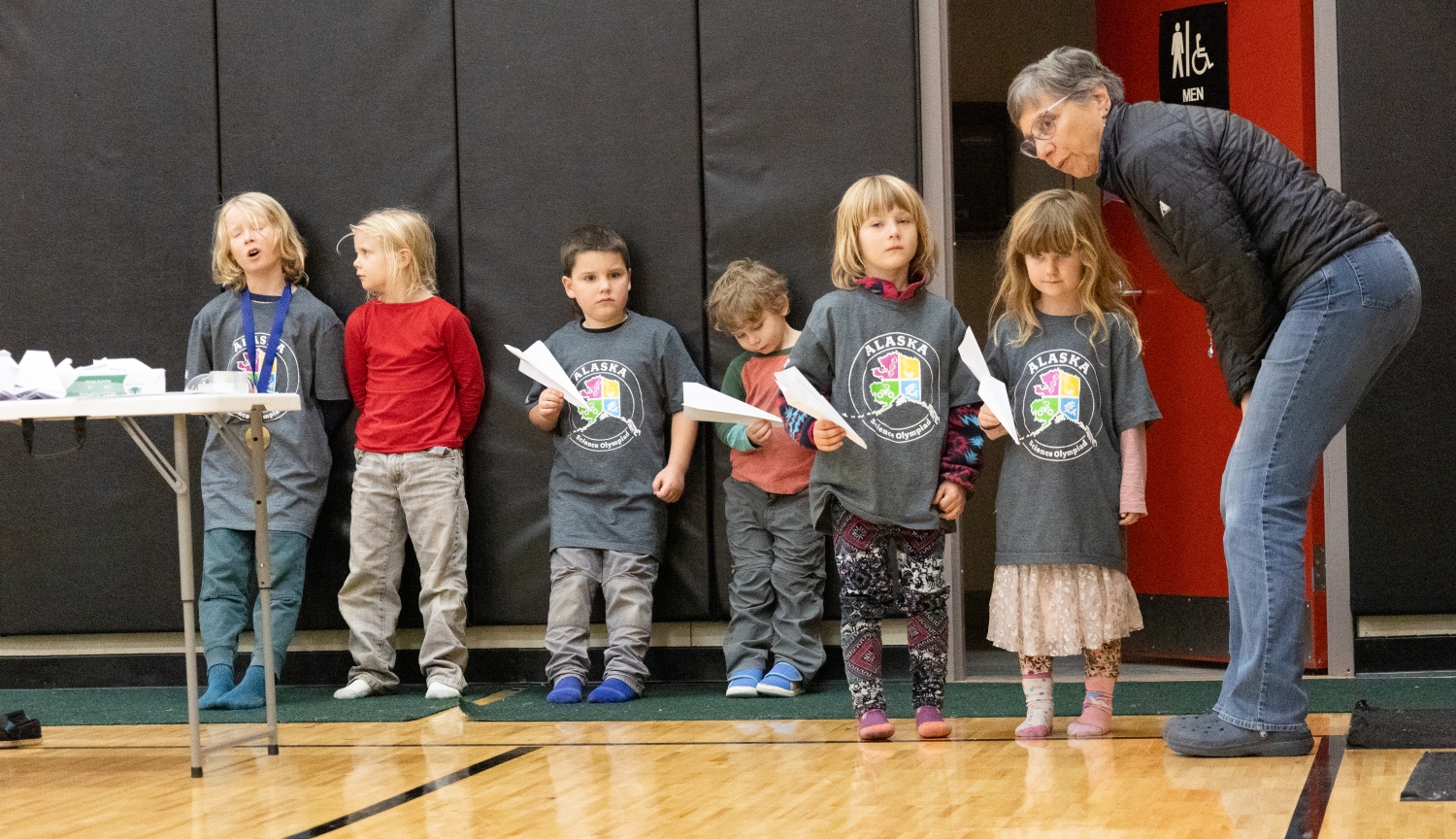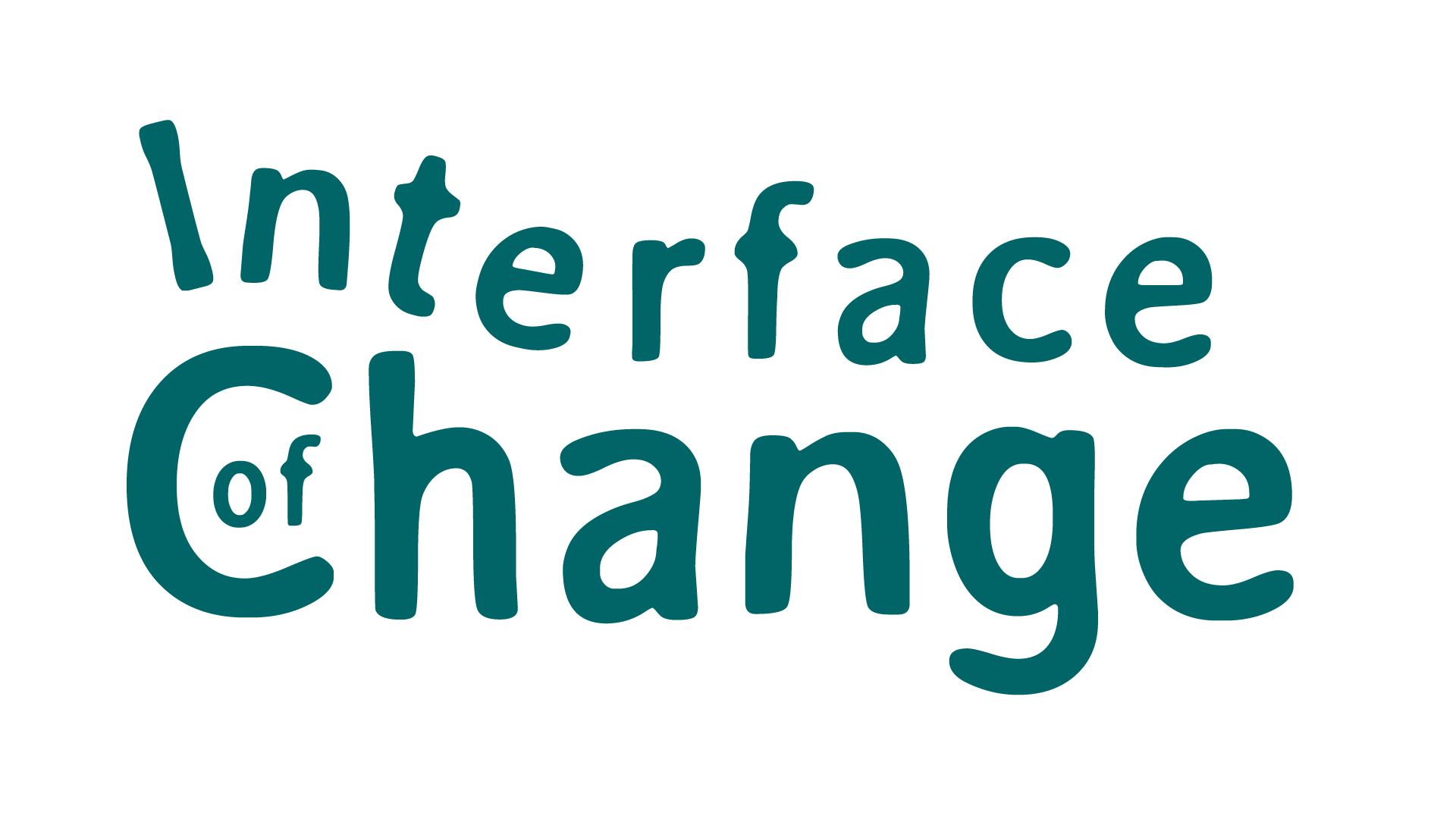Building Alaska's STEM Capacity

Current Projects
|
Navigating Variability in Boreal Wildfire Regimes and Subarctic Coastal Ecosystem 2018 - 2024 "Fire and Ice" studies climate-driven changes to wildfire regimes in the Alaska boreal forest and glacial runoff influences on coastal ecosystems in the Gulf of Alaska.
|
Building collaborations to assess harvested and farmed marine species prioritized by Gulf of Alaska communities facing environmental shifts 2024 - 2029 "Interface of Change" asks how changes in Gulf of Alaska coastal ecosystems affect marine species of cultural and economic importance, like kelp and salmon, and in turn the well-being of people living in Gulf of Alaska communities.
|
News
News & features on Alaska NSF EPSCoR projects

Nov 11
Join us November 18, 2024, 12-1 pm for a virtual presentation by Tia Tidwell and hosted by Debbie Mekiana of the UAF College of Indigenous Studies, Department of Alaska Native Studies and Rural Development

Nov 04
“We listen with our ears,” said Justina Starzynski-Hotch as she tugged on her earlobe. She said the phrase in Tlingit first, then in English as she sat in a circle of 33 children in the center of the gymnasium of the Klukwan School. Their cross-legged bodies circled around the school’s logo: a formline representation of Eagle and Raven, the two Tlingit moieties, leaping after a basketball. “We listen with our eyes,” she said as she touched the corner of her eye. “We listen with our mouths. We listen with our bodies.” Among the many hats worn by Starzynski-Hotch, she is a Tlingit language teacher and the STEPS coordinator at the Klukwan School. She has been involved in the village school for many years, and cares deeply for its survival. On September 19, she was substituting. And it was a special day – Science Olympiad day.

Oct 31
In a state both so large and so small, how can we include Alaskan children in STEM learning opportunities more evenly across the state? This fall, with remaining funding from the NSF EPSCoR Fire & Ice project, we were able to make a special effort to reach rural Alaskan communities that cannot feasibly transport a team of children to Fairbanks to compete in the Alaska Science Olympiad.
By the Numbers
Since 2001, Alaska NSF EPSCoR has bolstered Alaska's research capacity
Featured Media
Videos and other projects from our Data Visualization team, highlighting EPSCoR research.
|
Understanding a Space for Time Substitution and the Glacial Gradient An animated explanation of what is a "Space for Time Substitution" and how the Fire & Ice coastal margins researchers selected their field sites to create a "glacial gradient." |







